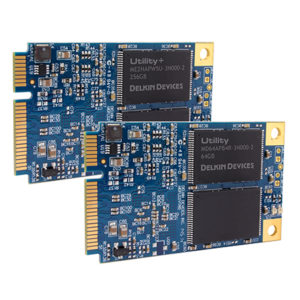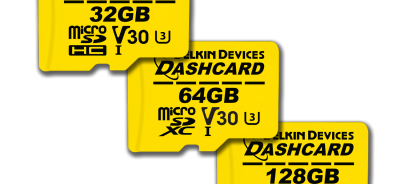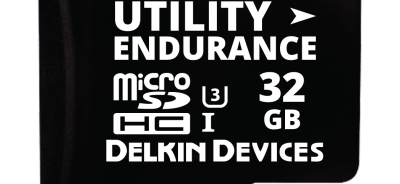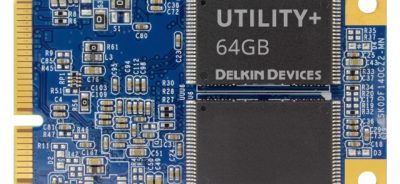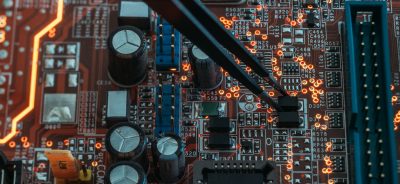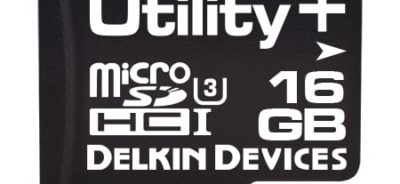Spotlight on the SATA 3 Interface Card
SATA 3 interface cards are storage cards that connect to the motherboard using SATA connectors. SATA is the most common kind of connector used today for both hard disk drives (HDDs) and solid state drives (SSDs). SATA replaces PATA (Parallel ATA) cables, which were once standard, but are slower and bulkier than SATA. SATA 3 is the latest version of SATA and offers the fastest and most reliable data transfer speeds. This most recent version of SATA is designed to provide the increased speed demanded by newer product designs. If you’re considering a SATA 3 interface card, here is what you need to know.
A Brief History of SATA
SATA stands for Serial ATA. It was introduced to the market in 2003 to replace PATA interfaces and provide faster speeds, smaller cables, and more efficient transfers via an I/O queuing protocol. The design and compatibility specifications are determined by the Serial ATA International Organization, or SATA-IO. Members of the group are responsible for all decisions regarding the design and technology utilized in the different iterations of SATA interfaces.
Some of the most important features of SATA include:
- Hot plugging. This means that the card can be plugged and unplugged when the device is powered on.
- Advanced Host Controller Interface (AHCI). This open host controller was designed by Intel, but eventually became standard for SATA. This feature can be enabled to allow for native command queuing (NCQ) and hot plugging. If it is not enabled, then SATA will work in IDE emulation mode, which does not allow these features to function.
SATA 3 Interface
SATA 3.0 is the most recent revision of SATA. It was announced in 2008 and released in May 2009. This third-generation interface is the fastest version of SATA, allowing native transfer rates of 6 Gb/s. This is double the speed that was offered with SATA 2.0, providing the kind of significant speed improvement necessary for modern devices.
There have also been a series of smaller SATA 3 interface card revisions. The most recent was SATA 3.3, which hit the market in February 2016. It added shingled magnetic recording, which is only relevant to users with hard drives; this feature increases connection reliability in environments that are electrically challenging. SATA 3.3 also introduced the ability to control both an activity indicator and staggered spin-up on the same pin.
Get answers to your questions about SATA 3 interface card options and our entire lineup of flash memory products by contacting Delkin. Our product team is ready to help you today.
ORDER DELKIN INDUSTRIAL FLASH STORAGE TODAY through our distribution partner Newark.
 Login
Login Register
Register


